
Much of Celtic Mythology can be found in The Mabinogion, with no identified or noted author. To be fair, that’s because almost all of the myths, legends, and practices have been passed down by word of mouth. The best bards of D&D have a touch of Celtic heritage. I once found myself watching a ‘sing-off’ between Irish and English people as they battled over the correct retelling of their favourite folklore. Sure, there are variations here and there, but the spirit of the Celts remains the same: Strong, proud, and a wee bit cheeky. We can never resist an opportunity for a spot of mischief. I think that’s what makes Celtic Mythology so appealing to the rest of the world. Magic, mayhem, and mischief. And a LOT of rebellion.
When it comes to the best Celtic mythology reads, I like to start with local talent. Celtic Mythology is born from the land. It feels natural for our stormy witches to come from the Scottish Highlands. Banshees differ from hillside to hillside. But there’s a touch of territorial love as well. Take a look at the Irish readers upset with Sarah J. Maas, and the portrayal of Hybern/Ireland as the villains. Not a great move from an English writer, nor her first faux pas.
However, there’s only a sliver of overlap on the Venn diagram for Celtic Mythology Reads and BIPOC authors; I only found one. That doesn’t mean they don’t exist at all. For example, Queen Madunwe, who is one of this year’s Irish Writers Centre/Cúirt Young Writer Delegates, combined Igbo and Irish mythology in her final year portfolio at ATU Sligbo (Ireland). Jeda Pearl also released her debut poetry collection, Time Cleaves Itself, published in July 2024. Pearl’s poetry explores the intersections of belonging, disability, secrecy and survival, inspired by her Jamaican/Scottish heritage and a mixture of folklore and fairytales.


If you’re looking for great Celtic Mythology reads, start with a copy of The Mabinogion, like this one translated by Professor Sioned Davies from Cardiff University. Then jump into any of these novels released this year, all inspired by Celtic Mythology and all written by Celtic authors.
From English Authors
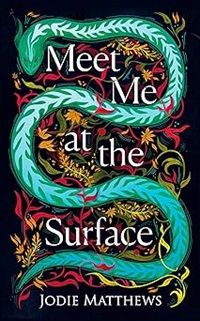

Meet Me at the Surface by Jodie Matthews
“Everything that comes from the ground has to go back down, eventually…” Merryn returns to her hometown for the memorial service of her ex-girlfriend Claud and finds everything is a little stranger than usual. Her mother is super secretive, and the locals are hunting on the moors at night for…something? Merryn isn’t sure she wants to know what they’re hunting until she reads the notebook found in an old chest of drawers, full of old folklore with a weird connection to Claud. This Cornish Gothic is rich with folklore and Celtic mythology; perfect for stormy nights.
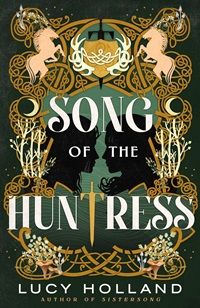

Song of the Huntress by Lucy Holland
I love this retelling of Herla and the Wild Hunt, a folktale that showcases the trickery of the Older Races. Herla made a pact with the King of the Otherworld, cursed to wield his blade and become Lord of the Hunt. After centuries leading immortal warriors and reaping souls, Herla meets a woman on the battlefield, the Saxon Queen Æthelburg of Wessex. As the Otherworld seeks to rise up and take Britain, Herla must find her place with the Queen and King to break the curse and her pact with the Otherworld.
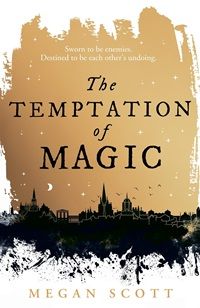

The Temptation of Magic by Megan Scott
Celtic Myth and art go hand in hand; something Scott shows beautifully in her debut YA novel. Nicole is an Empyreal, a shapeshifter, hiding from the organisation that killed her mother. Nicole searches for messages from her mother, hidden in the mythological art collection in a local manor. She’s not the only one; Kyan, another Empyreal, is working for the Wake. While they could work together to study the art, there is a bigger risk that Kyan will learn Nicole’s identity and the Wake aren’t going to like that.
The Poetry of the Irish
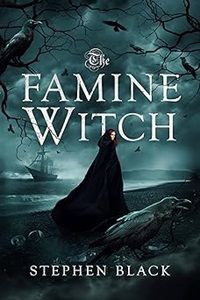

The Famine Witch by Stephen Black (Northern Ireland)
Set in Belfast in 1847, during the Great Hunger that devastated Ireland. A crazed killer hunts young women at night. They call him Bloody Hands. But there is worse to come with a dark ship floating into port, carrying The Black Lady, a personification of the Cailleach. Two hundred years earlier, The Black Lady cursed Bloody Hands, and now she’s back to finish the job. In the middle is Maggie, a young woman who only wants to protect her brother, but she may be the key to stopping the bloodthirsty feud.
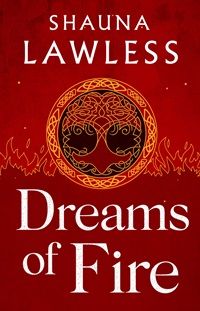

Dreams of Fire by Shauna Lawless
This is the first book, but more of a prequel to the Gael Song series. Set a century before Book 1: The Children of Gods and Fighting Men, this book introduces us to Rónnat and Fódla, Descendants of the Tuatha Dé Danaan. It is peaceful, but there are rumours of wars and threats to the Descendants. Lawless builds a history for Rónnat, using myths and legends older than the books you study. If you have read Book 1, this novella is a beautiful glimpse into backstory and character development. But I also love reading in chronological order, and Dreams of Fire is a great place to set the scene before war breaks out.
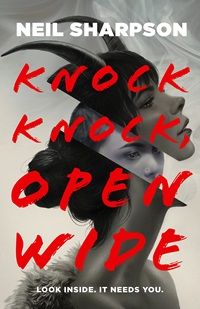

Knock Knock, Open Wide by Neil Sharpson
Betty is new to Dublin and new to her love for Ashling. But Ashling is holding back, desperately hiding her family from Betty. As their relationship develops, Betty starts to understand it’s not her; it’s Ashling’s family, and it’s connected with the seemingly innocent children’s TV show watched by almost everyone in Ireland. But no one remembers it quite the same way. Only Ashling remembers the small black goat puppet who lives in a box. He only comes out when you don’t behave. This is a spine-tingling balance of Irish folk horror and gorgeous Sapphic romance.
Continental Celts from France
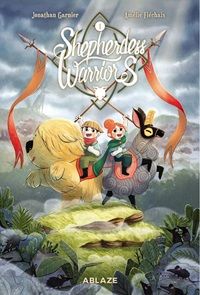

Shepherdess Warriors Vol.1 by Jonathan Garnier, art by Amélie Fléchlais
When Molly turns 10, all she wants is to start her training with the Order of the Shepherdess Warriors. The group of female fighters formed from the fiery independence of the village after all the men left to fight in the Great War. That was 10 years ago, and no-one has heard from the men or gotten any other updates from the war. Now, Molly wants to prove her worth on a quest beyond the boundaries of the land. It’s a touch of How to Train Your Dragon mixed with Brave and inspired by Celtic legends. Originally published in French in 2017, Vol.1 was released in English in July 2024.
Welsh Legends of Old
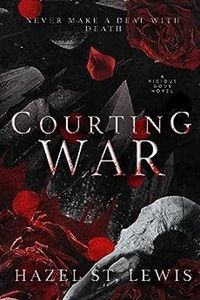

Courting War by Hazel St Lewis
The Morrigan is so powerful she is often seen as three separate goddesses: Death, War, and Fate. In this contemporary tale, Theodora (God of War) has made a deal with her sister, Death. Forgiveness for taking a soul now in exchange for a soul later on; a soul she will someday love. Thirteen years later, Theo thinks she came off light with that deal until she meets Kellyn in a deadly tournament called the Sacrifice. While this romantasy has a good serve of your fave tropes, it is most of all faithful to the author’s Welsh heritage and family.
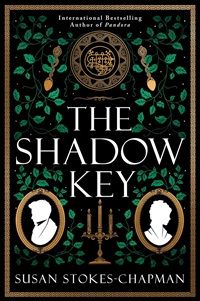

The Shadow Key by Susan Stokes Chapman
There’s something mysterious about the village of Penhelyg, something that calls to the new doctor, Henry Talbot. Something that may have killed his predecessor. But Henry is a man of science, and he needs to work with the locals to understand the magic and folklore that lies at the heart of the village. In the author’s words, this book is a love letter to Wales; beautiful in both the storytelling and the scene-setting.
High Tales from the Scottish Highlands
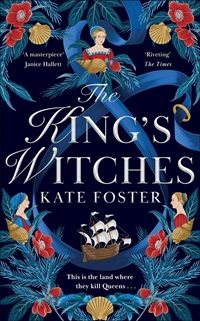

The King’s Witches by Kate Foster
This is the story of the real-life witch trials in 16th-century Scotland, starting with Princess Anne of Denmark and King James VI of Scotland. This isn’t meant to be a ‘Celtic Mythology’ novel; it’s meant to be historical fiction. But Foster has woven the perception of Scottish witchcraft, the mania, and all of those spiritual tidbits in with such finesse you can’t help but see how the landscape developed from it. The Cailleach, the divine hag and wise woman of the land, is felt in every part of this story.
If you are looking for a simple reference book to keep nearby while reading anything from here, check out The Big Book of Celtic Gods and Goddesses by Joe Potter, with art by Erin Brown (Northern Ireland). The illustrations are gorgeous and fit the vibe of Celtic Mythology across the land. Happy reading!

